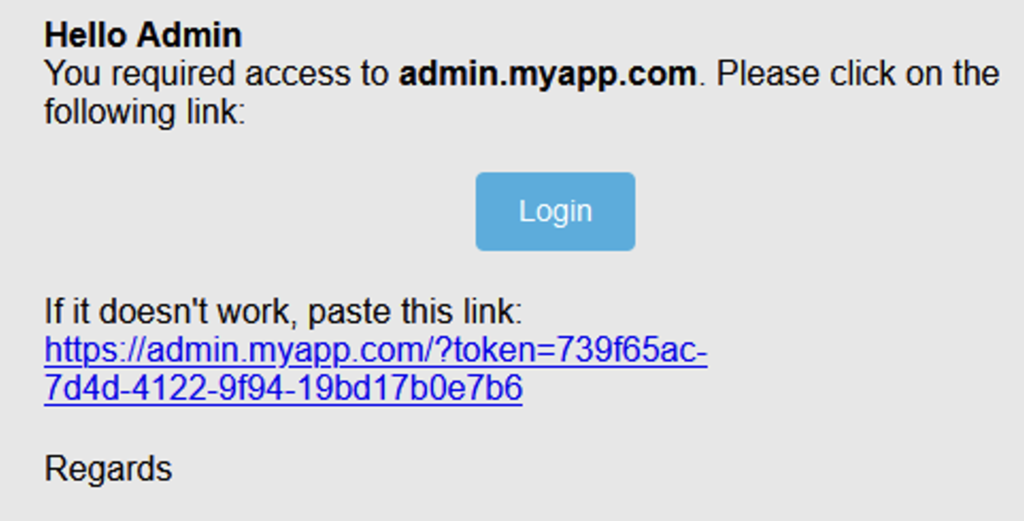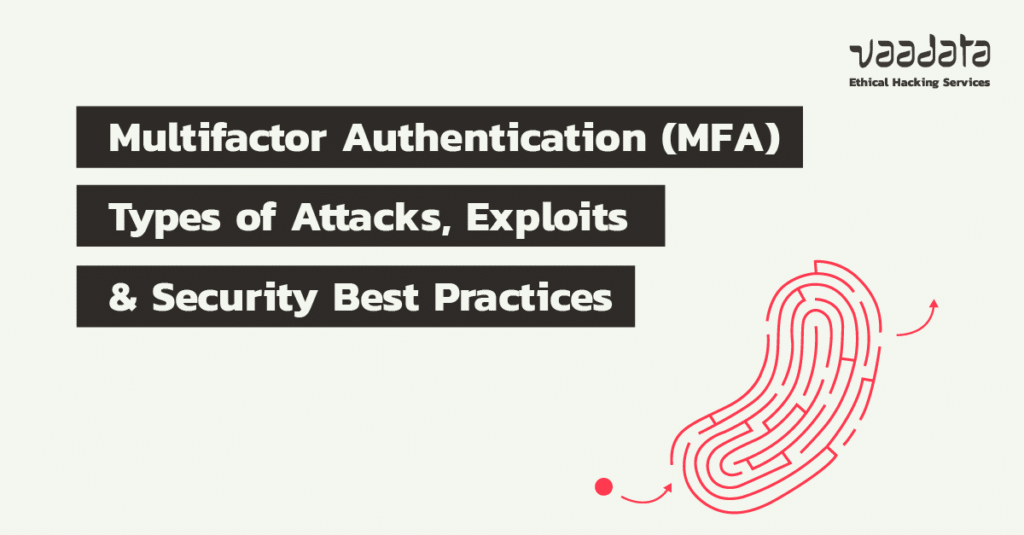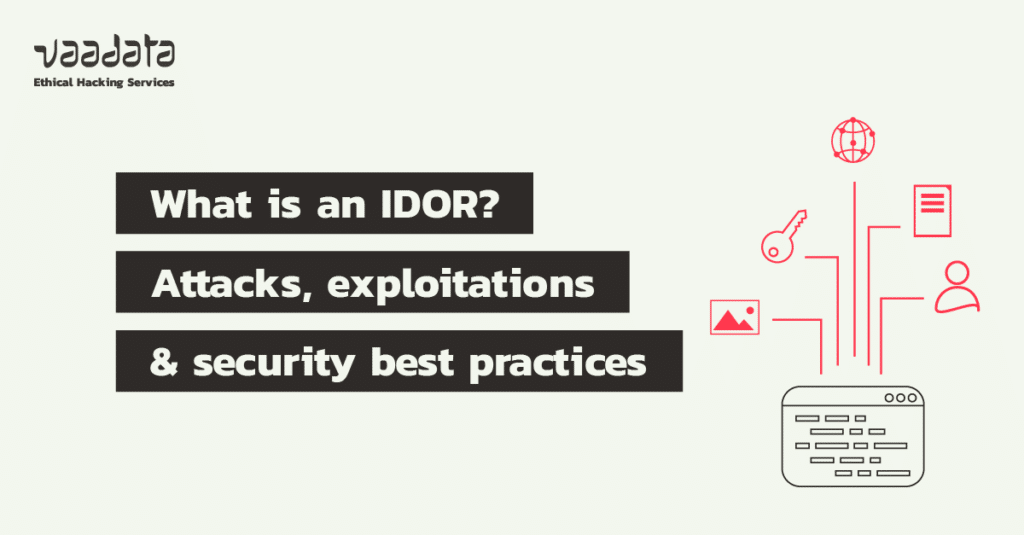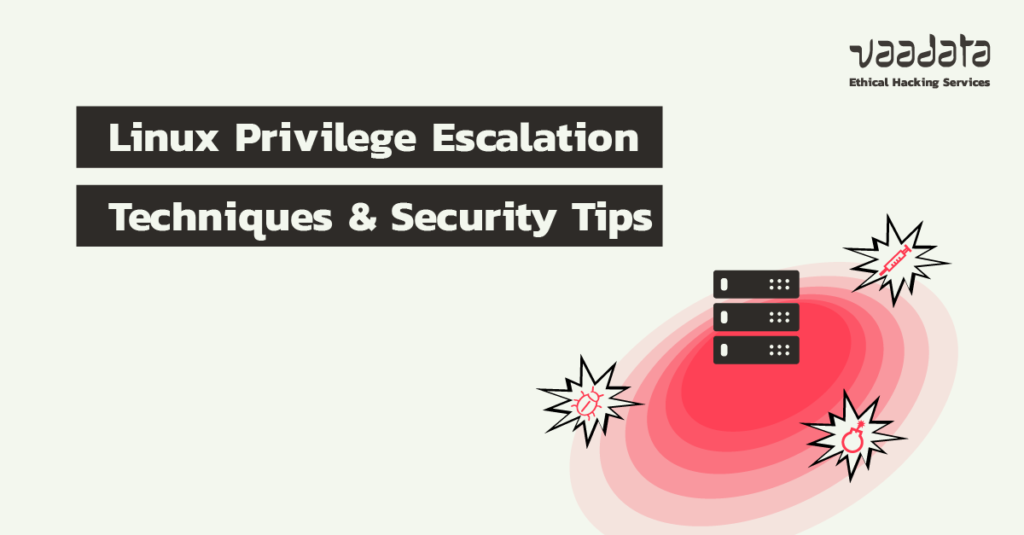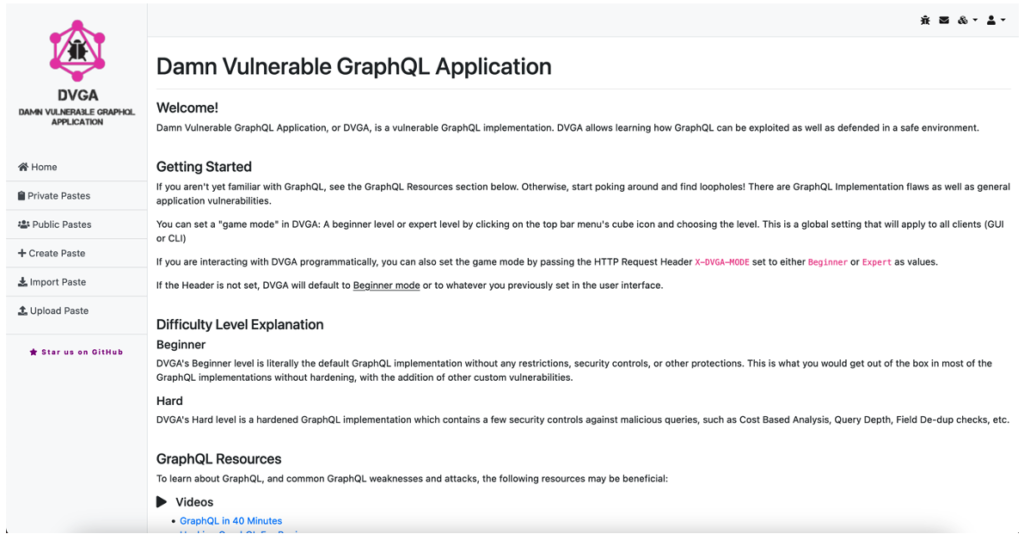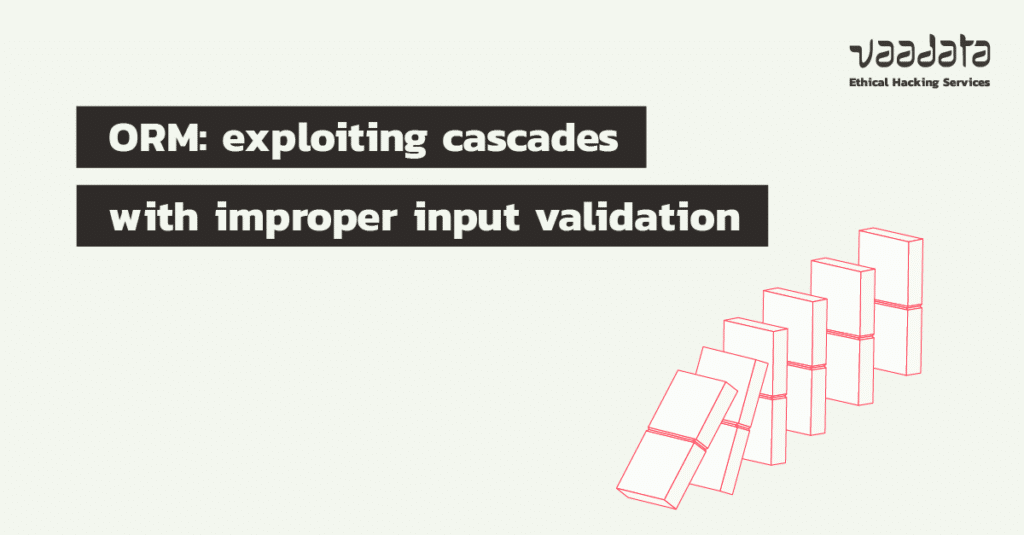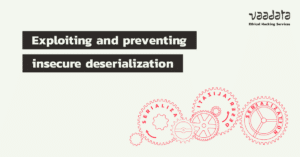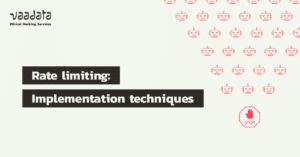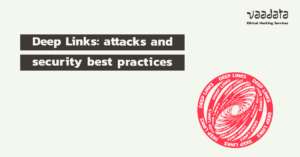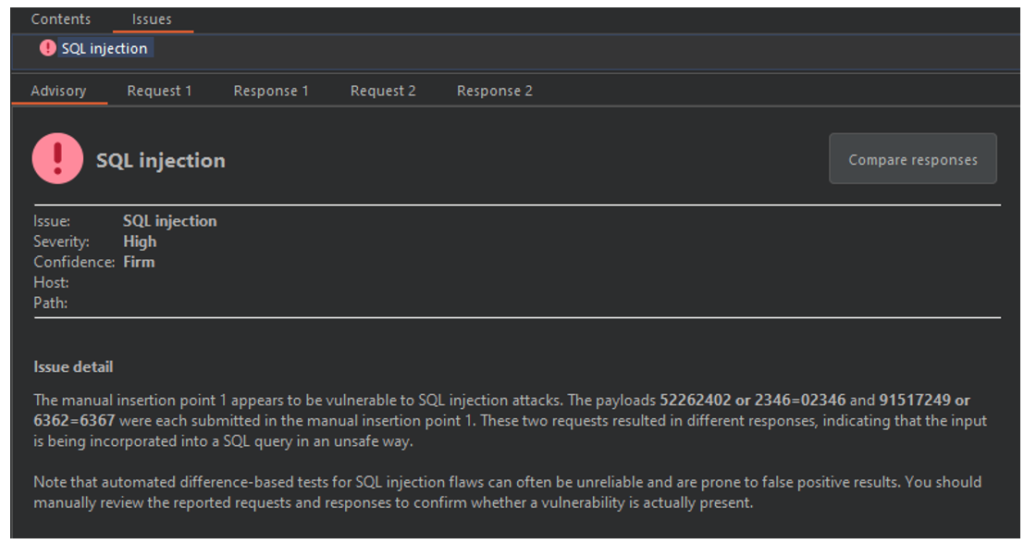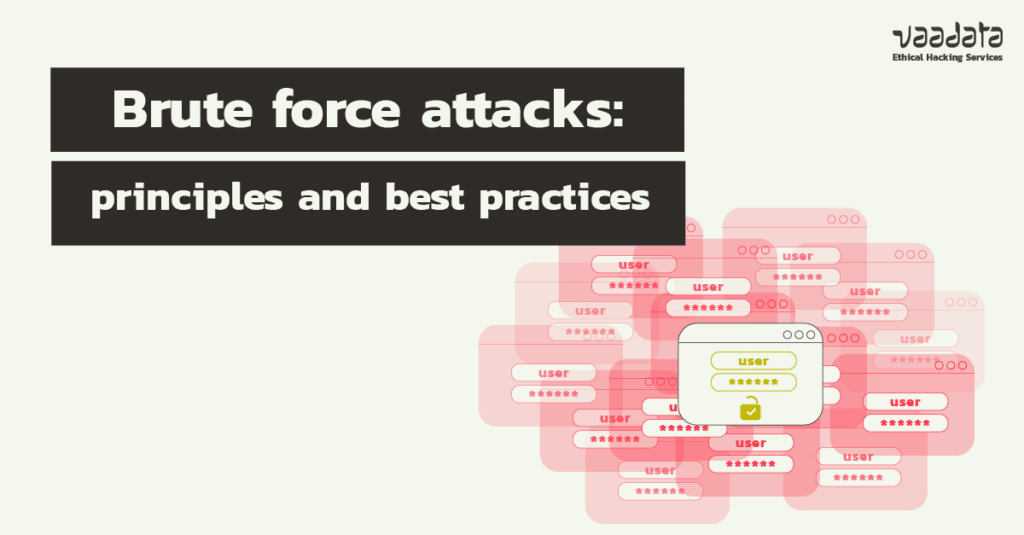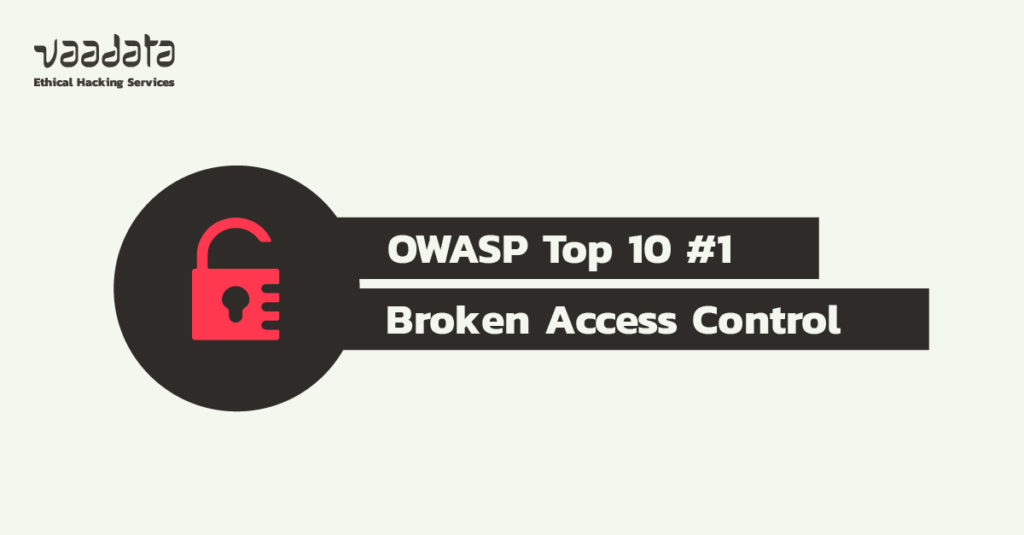
The Open Web Application Security Project (OWASP) is a community working to improve the security of information systems and more specifically applications (web, mobile, APIs).
This organisation produces numerous resources, in particular guides and standards for application security, including the OWASP Top 10. It also develops open source tools such as ZAP (an interception proxy, an alternative to BURP), or Amass (to map its attack surface).

